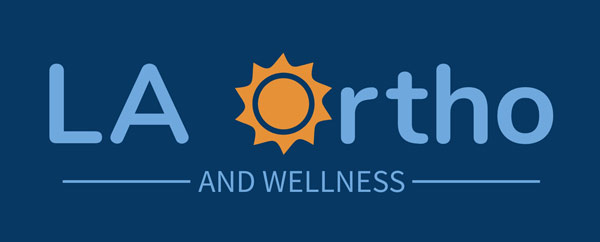Cartilage restoration is a cutting-edge procedure aimed at repairing and regenerating damaged cartilage in joints. Dr. Jonathan Gelber offers this surgical technique to individuals suffering from joint pain and limited mobility caused by damaged or torn cartilage. However, he only recommends surgery if all other options fail to yield the desired results.
What Is Cartilage Restoration?
Cartilage restoration addresses the debilitating effects of damaged or degenerated cartilage within the body’s joints. Cartilage, a smooth, flexible tissue, acts as a cushion between bones, allowing for smooth joint movement. However, injuries, arthritis, or wear and tear can lead to cartilage damage. Cartilage restoration techniques, such as microfracture, autologous chondrocyte implantation (ACI), and osteochondral autograft transfer (OAT), repair, regenerate, or replace damaged cartilage, helping you regain mobility and alleviate joint discomfort.

Conditions That May Necessitate Cartilage Restoration:
- Osteoarthritis
- Rheumatoid arthritis
- Cartilage injuries
- Sports-related joint trauma
- Osteochondritis dissecans
- Avascular necrosis
- Chondromalacia patellae
- Joint degeneration
- Ligament tears
- Repetitive stress injuries
- Other forms of cartilage damage
The Techniques Used for Cartilage Restoration
Microfracture
Microfracture is a minimally invasive surgical procedure used in cartilage restoration. It’s designed to treat small to medium-sized cartilage defects, typically in weight-bearing joints like the knee. During microfracture, Dr. Gelber creates tiny holes in the damaged cartilage, exposing the underlying bone. This promotes the formation of a blood clot and stimulates the body’s natural healing response. Over time, the clot transforms into fibrocartilage, which provides some cushioning and improved joint function.
Autologous Chondrocyte Implantation (ACI)
Autologous Chondrocyte Implantation (ACI) is an advanced procedure for cartilage restoration. It involves a two-step process: first, a small sample of healthy cartilage is harvested from the patient’s body, typically the knee. These cartilage cells (chondrocytes) are cultured and expanded in a laboratory. Finally, the cultivated chondrocytes are implanted into the damaged joint, promoting the growth of new, healthy cartilage. ACI is particularly effective for larger cartilage defects and offers long-term pain relief.
Osteochondral Autograft Transfer (OAT)
Osteochondral Autograft Transfer (OAT), or mosaicplasty, is a cartilage restoration technique to treat localized cartilage defects. In this procedure, small cylindrical plugs of healthy cartilage and bone are harvested from a non-weight-bearing area of the patient’s joint and transplanted into the damaged area. This restores the joint’s smooth surface and cushioning properties. OAT is effective for small to medium-sized defects and offers a minimally invasive solution for improving joint function.
The Recovery Process After Cartilage Restoration
After cartilage restoration, you can expect side effects like temporary pain, swelling, and limited mobility. Your recovery will depend on the type and extent of the procedure, ranging from a few weeks to months. Physical therapy and rehabilitation exercises are crucial in regaining strength and joint function. Dr. Gelber will provide detailed aftercare guidelines to support recovery and help you reclaim optimal mobility. Please give your body the time it needs to recover.

Cartilage Restoration Aftercare Guidelines:
- Follow Dr. Gelber’s post-operative instructions carefully
- Attend all scheduled follow-up appointments
- Protect the treated joint from excessive stress
- Engage in prescribed physical therapy
- Manage pain with prescribed medications
- Monitor for signs of infection or complications
- Gradually return to normal activities as advised
- Maintain a healthy lifestyle to support healing
- Communicate any concerns with Dr. Gelber

Consult Dr. Gelber Today
Dr. Jonathan Gelber is a board-certified orthopedic surgeon dedicated to your orthopedic well-being. He takes the time to understand your condition and formulate a personalized plan for your treatment and recovery. He aims to return you to an active lifestyle, ensuring you receive the best care and guidance throughout your cartilage restoration journey. Schedule a consultation with Dr. Gelber to take the first step towards a pain-free, more active future.


